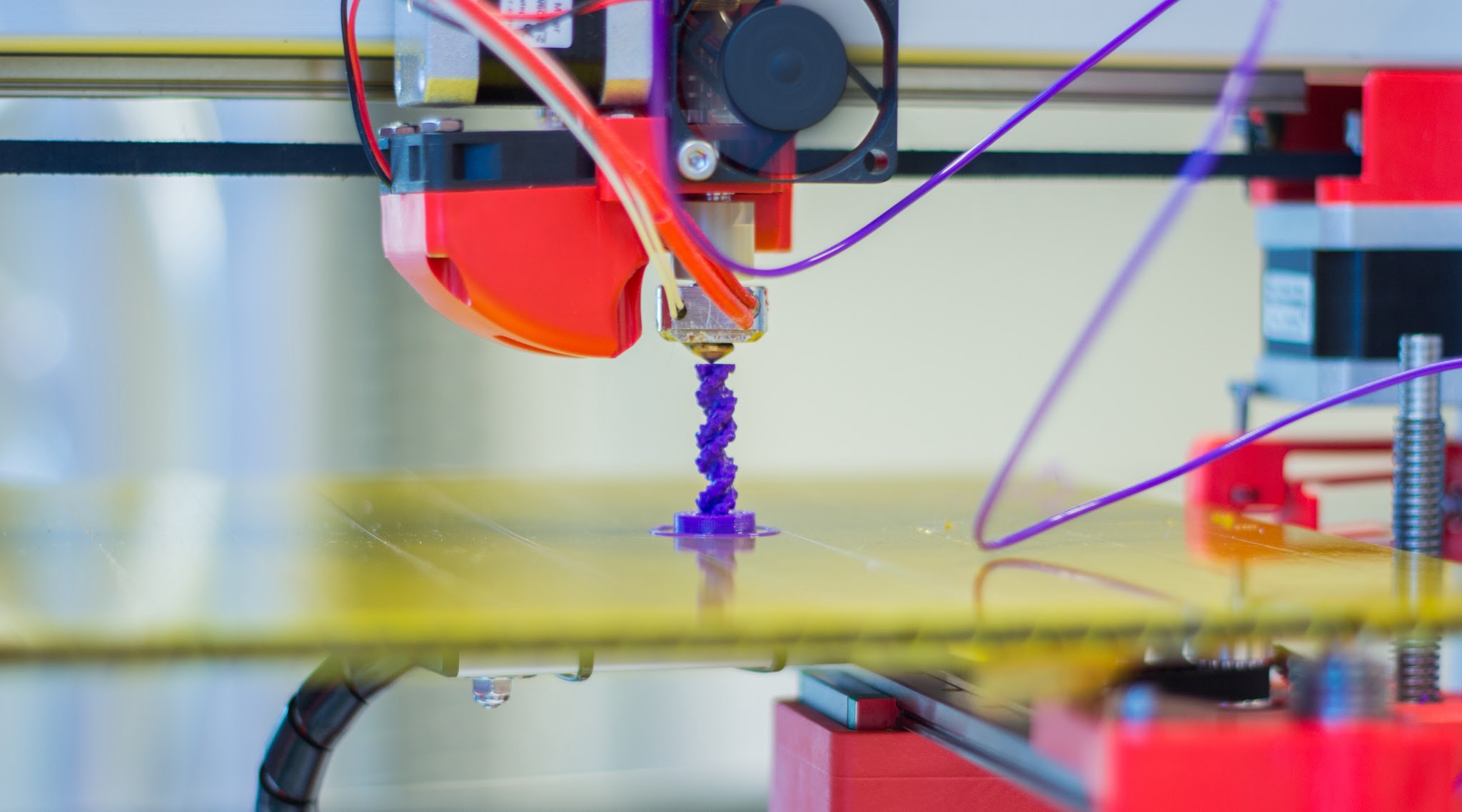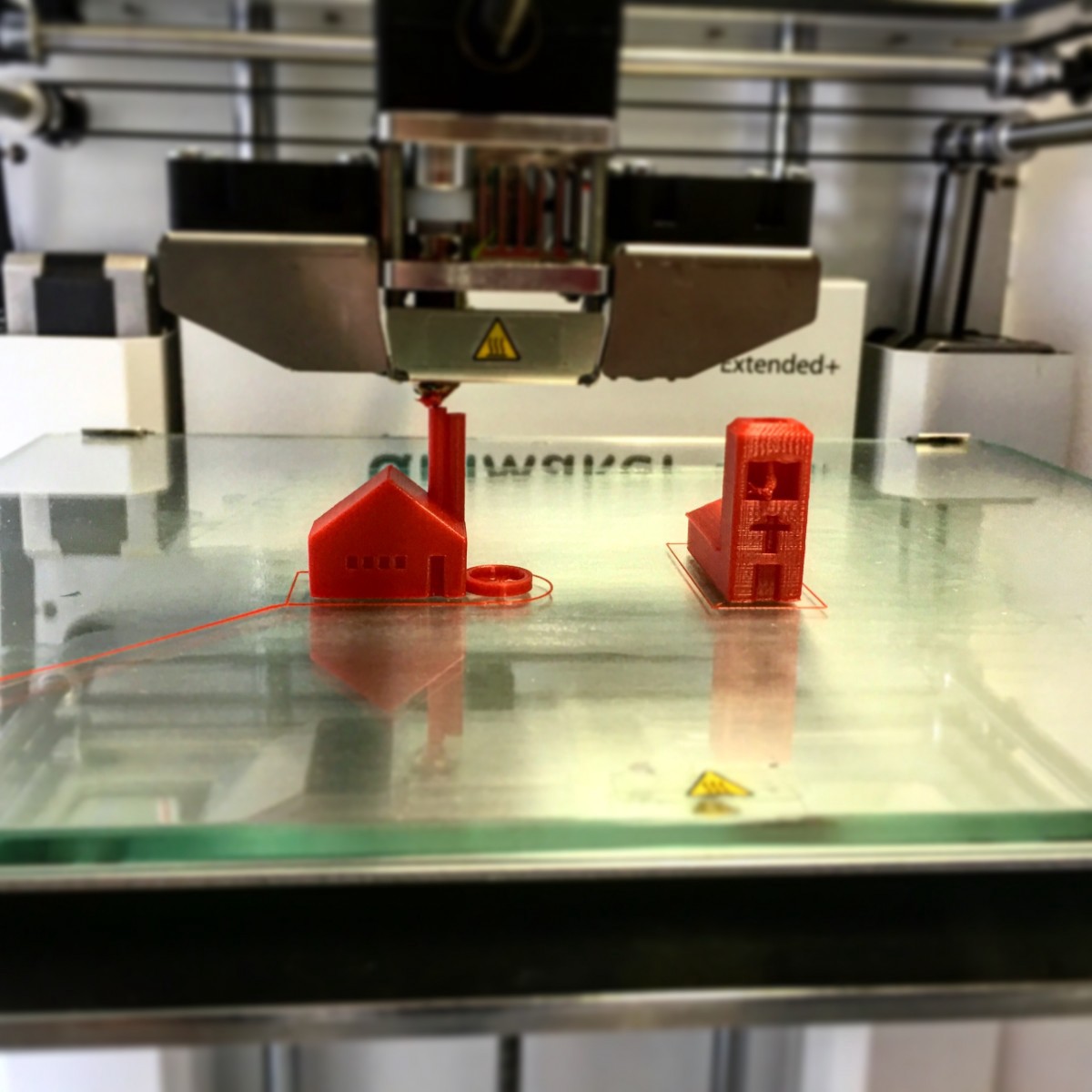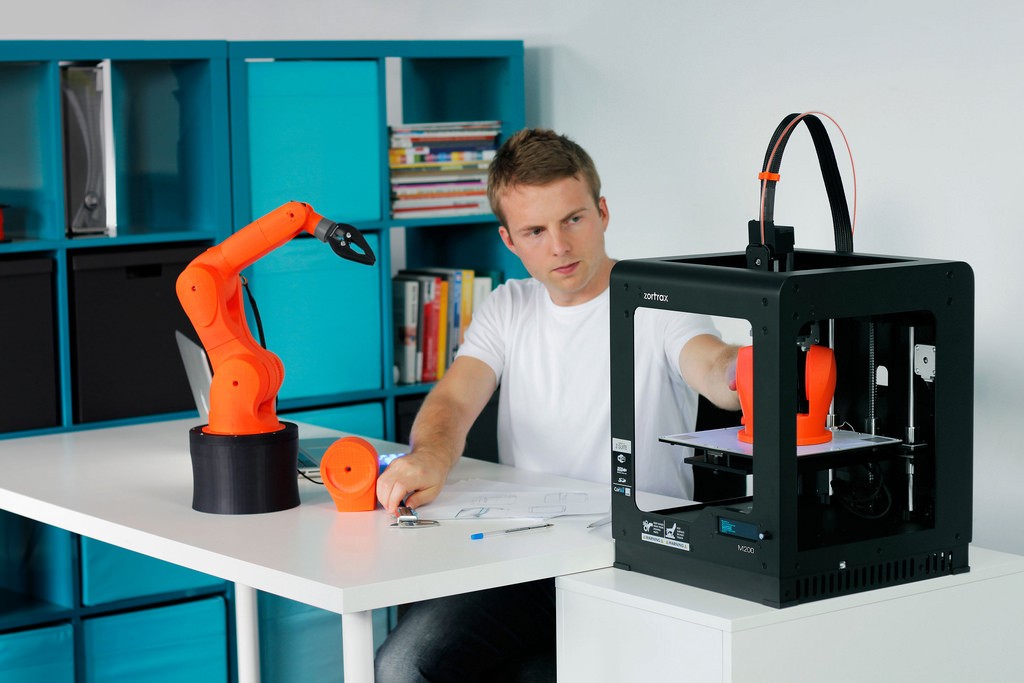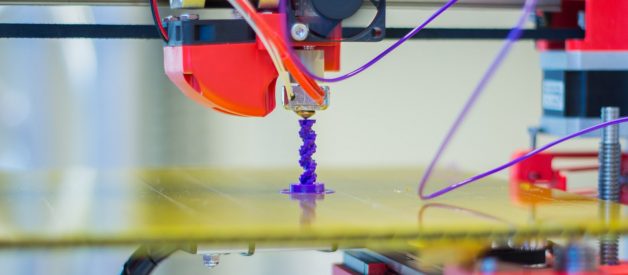By Annie Rosenthal as part of the 2018 +SocialGood series on emerging technologies
3D printing, or additive manufacturing, has the potential to democratize the production of goods, from food to medical supplies, to great coral reefs. In the future, 3D printing machines could make their way into homes, businesses, disaster sites, and even outer space. Get 3D printing basics from this 2 minute Mashable video.

As this technology spreads, it could help connect marginalized and difficult-to-reach populations with essential products. All in all, this emerging technology has the potential to revolutionize our societies, and transform the development sector. In order for this to happen, we need to ensure that this emerging technology gets into the hands of development practitioners and stakeholders around the world. Here is one way that people are working to make 3D printing more accessible.
Like content on the top technologies and how they can be used for social good? Get updates about 3D printing and more with the +SocialGood newsletter.
The Sustainable Development Goals carry a big promise for the future of our people and planet. Goals this big will need big changes in order to succeed. 3D printing is being used to progress many of the Global Goals, and has the potential to make a further impact.
Supporting the fight against hunger and homelessness

3D printing is being explored as a major solution for current and future levels of hunger and homelessness. For example, Anjan Contractor hopes that one day, his 3D food printer will be able to empower the earth?s population to feed themselves ?customized, nutritionally-appropriate meals synthesized one layer at a time, from cartridges of powder and oils they buy at the corner grocery store.? These cartridges would be easy to transport, long-lasting, and could be made of sustainable materials like insect protein. 3D printing is also revolutionizing home construction, making it cheaper and more efficient.
- This 3D printing technology uses industrial solid waste to replace cement in the production of a low-carbon building (Sustainia)
- How 3D printing could end food waste and tackle hunger (Quartz)
- This 3D printer can print a house in less than 24 hours
Transforming humanitarian response and modern medicine
3D printing also is being used to get essential goods and services to disaster areas and refugee camps, allowing workers and stakeholders to have access to the tools they need to recover. For example, in Nepal, the United Nations is implementing 3D printing as part of their plan for earthquake response, including printing customized pipe parts necessary for sanitation infrastructure. 3D printing is also enabling new and essential medical tools to get into the hands of people who need them, from medical possibilities like an 3D printed artificial heart to basic tools like umbilical cord clips.
- The future of medicine is 3D printing (Futurism)
- How 3D printing is being used to transform aid (World Economic Forum)
- Tech eases Syrians? trauma in Jordanian refugee camp (BBC)
Protecting our planet
3D printing is also allowing us to use old materials in new ways that are more sustainable. For example, researchers have figured out how to convert carbon dioxide into concrete using 3D printing. Utilizing former waste to create future products makes our society have more efficient consumption. 3D printing innovators are even exploring how to make the process itself more sustainable, including using algae based filaments to reduce the energy necessitated for the printing process. The creative use of materials and production methods opens up new possibilities as we approach climate action and sustainable living.
- Fred the tortoise had his damaged shell replaced by a 3D printed shell made of corn plastic (Futurism)
- These 3D printed shoes are made from plastic ocean waste (Sustainia)
- Engineers are 3D printing coral reefs to help save our oceans (Futurism)

Ensuring access
The United Nations is working with innovators and programmatic implementers to make this transformative technology more accessible to people worldwide. Currently, they are mostly confined to technical university and specialized labs, especially in developing countries. However, in order for the true possibilities of the technology to be realized, it must be brought outside those spaces and into the hands of stakeholders and local changemakers. United Nations agencies, like UNICEF, are using their reach and resources to help make this a reality. Check out UNICEF?s Innovation Fund here.
- UNDP Egypt hosted a ?how to build a 3-D printer? workshop to make the technology more affordable and accessible locally (UNDP)
- Why it?s important to bring 3D biofabrication and other health technologies to the most disadvantaged (UNICEF Innovate)
- UNDP Uzbekistan named a 3D printing startup the number 1 project during their ?Startup Initiatives ? 2017″ programme (UNDP)
Join +SocialGood throughout May as we explore the opportunities 3D printing presents to help progress the Global Goals. Share your thoughts, solutions, and ideas with #SocialGoodTech!
Stay-tuned for our #SocialGoodTech Twitter chat on 3D printing for the Global Goals! Join the conversation at 10am ET on May 31st.


